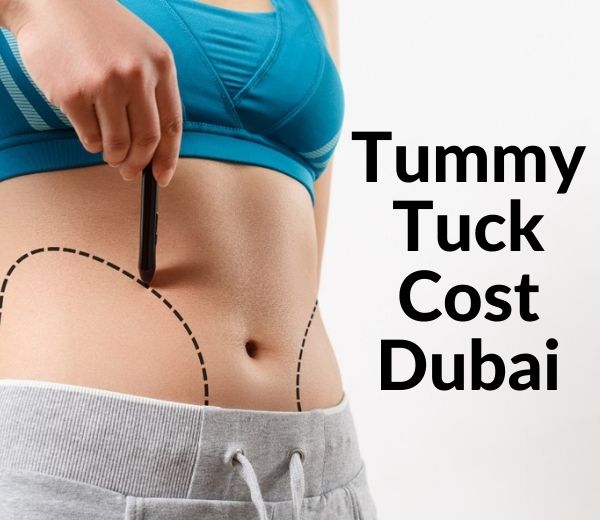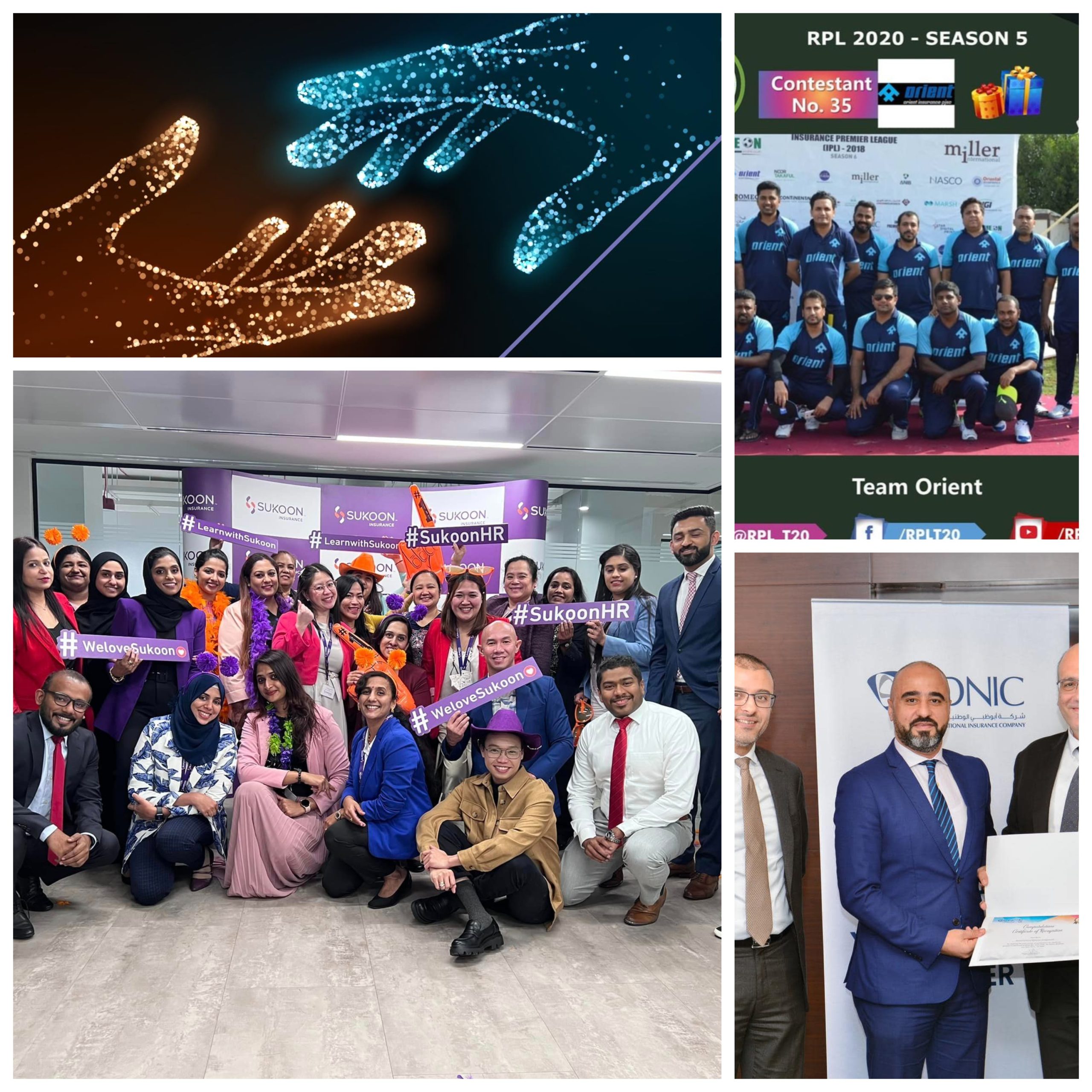Male Breast Enlargement
Gynecomastia is the medical term for breast formation in men. With gynecomastia, there is excess breast formation. Fifty percent of men have to do with this. The symptoms usually disappear after puberty. It causes shame and can, therefore, affect their lives. Male Breast Reduction Surgery to treat gynecomastia dubai.
Types of gynecomastia
Gynecomastia comes in two types. These depend on age. The first group consists of young men who are in puberty. The gynecomastia usually disappears spontaneously. No treatment is required. The other group consists of middle-aged men, in which the symptoms do not disappear. Operation is a possibility here. The cause of gynecomastia is usually unknown. A change in breast size often occurs without a clear cause. In some cases there is a cause such as thyroid problems or problems with the testicles, liver disease, drugs or drugs such as marijuana, digitalis or steroids. Sometimes an internist will first have to investigate this.
Treatment of Male Breast Enlargement
The surplus tissue can be removed by surgery. The possible treatment methods are liposculpture (liposuction), breast reduction or subcutaneous removal of glandular tissue combined with liposculpture. This last treatment method is used the most. The surgery is usually done under general anesthesia.
Liposuction in Dubai
The least burdensome way that is used is liposuction. The plastic surgeon sucks off fat tissue through small incisions in the skin. This is insufficient if the skin is stretched or if the firm glandular tissue is present.
Breast reduction surgery Dubai
When there is too much skin, the technique of breast reduction is often applied. Hereby the nipple is moved and the excess fat and gland tissue are cut away. The plastic surgeon can also first remove the fatty tissue with liposuction. This technique is accompanied by more scars. Scars during a gynecomastia operation are sometimes less beautiful. Scars become less noticeable but do not disappear.
Remove glandular tissue in combination with liposuction
The most common method is a technique that consists of subcutaneous removal of the glandular tissue combined with liposuction, so a combination of the previous two ways.
After treatment
When the correction is performed under local anesthesia you can go home almost immediately after the procedure. After general anesthesia, you can go home the day of (or the day after) the operation.
You must provide pressure clothing yourself. This is clothing that gives backpressure and ensures faster and better healing. They can advise you at the outpatient clinic.
Possible complications
After each operation, there is a risk of an after bleeding or infection. By working accurately and sterile, this risk is small. If after the operation there is increasing pain, swelling, redness of the wound or fever, you must contact emergency.
The scars can heal less nicely. The plastic surgeons will monitor this and treat it if necessary. There may be a difference between the breasts after the procedure. Glandular tissue may remain. The feeling in the nipple and surroundings become less. If there is a lot of breast formation, the breast will never become completely flat and a skin fold can occur.
It takes a year before the end result is fully visible. For this, the tissue must recover.
Back home advice?
You can shower again the day after the procedure. The plasters on the wounds will get wet, you can gently pat them dry with a soft (hand) cloth.
The stitches are changed after 10-14 days.
Do not use aspirin from one week before or two weeks after the operation. These medicines give an increased chance of bleeding.
We advise you to stop smoking two weeks before the operation and to maintain this for at least four weeks after the operation.
You may not do any heavy physical work or exercise until six weeks after the operation.
You must wear a special printing shirt underneath your clothing for six weeks.
Health Insurance Claim and Compensation
An operation for gynecomastia must be requested from your health care provider for approval. There is a chance that your health insurer will not or will not fully reimburse the operation. Ask your health care provider beforehand.






